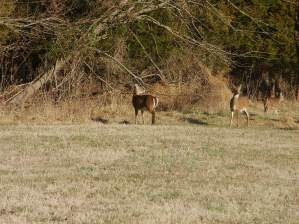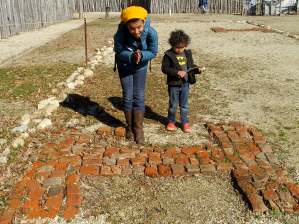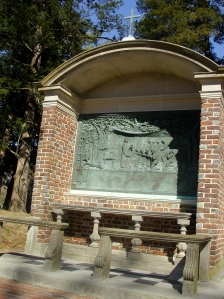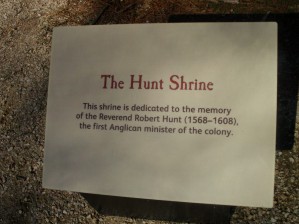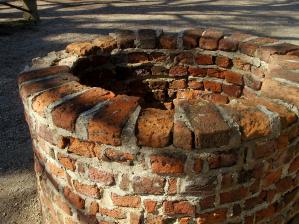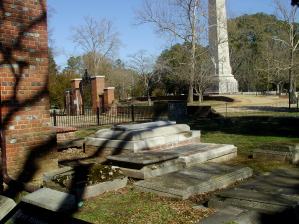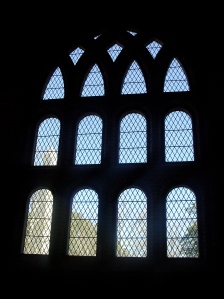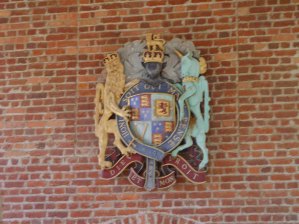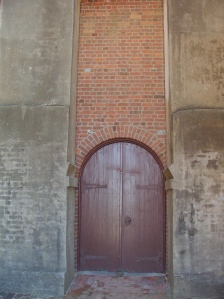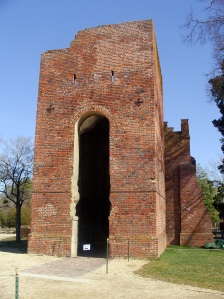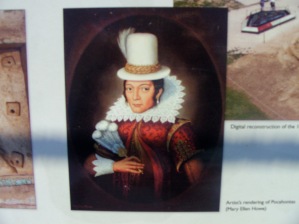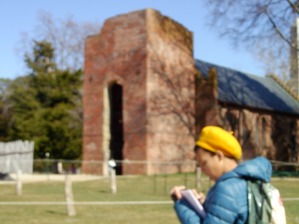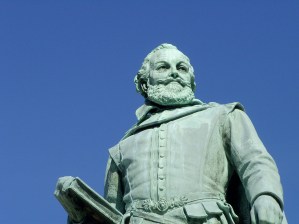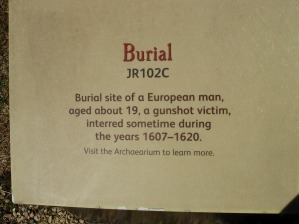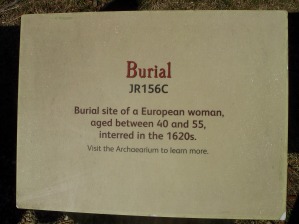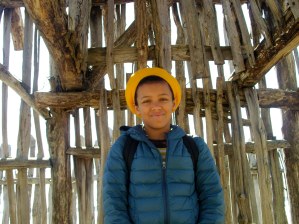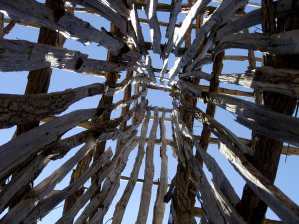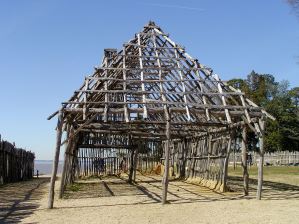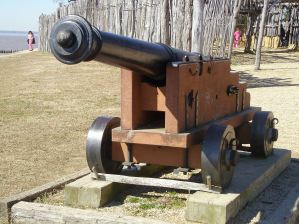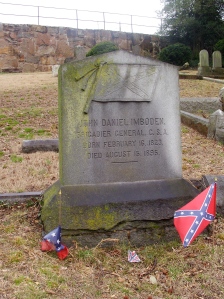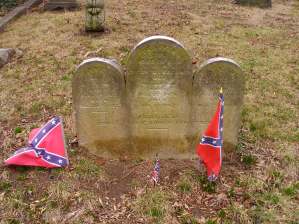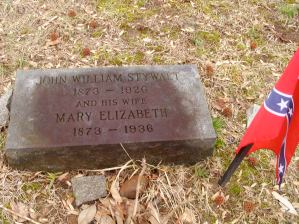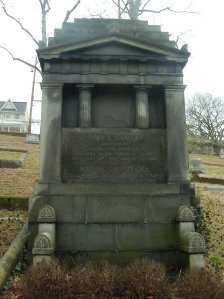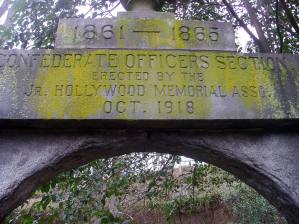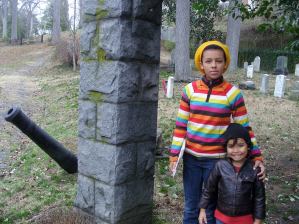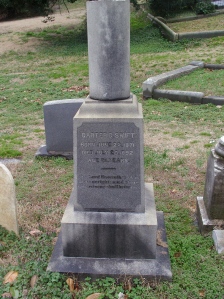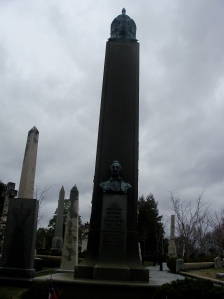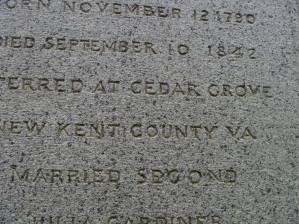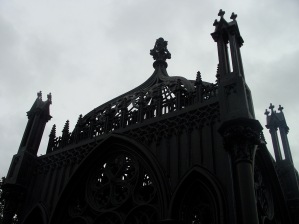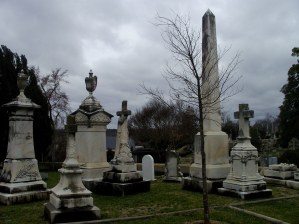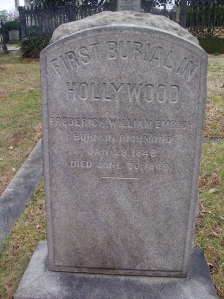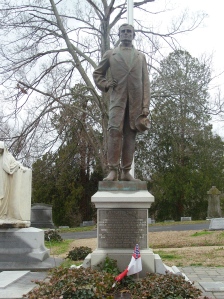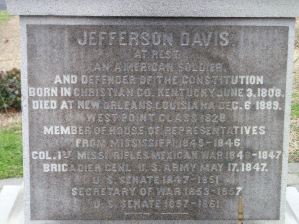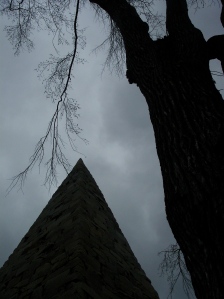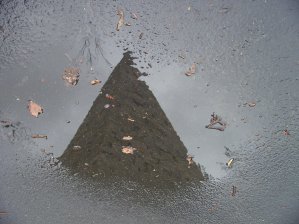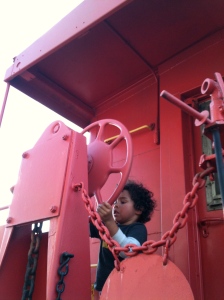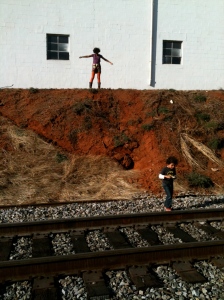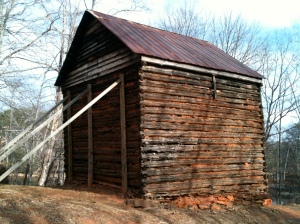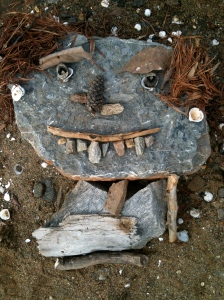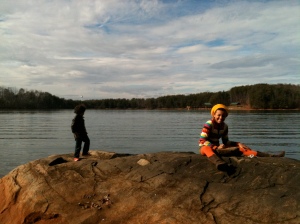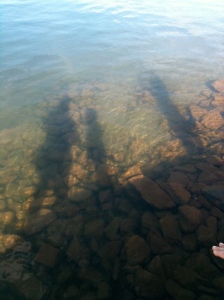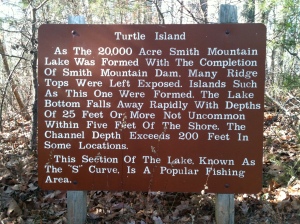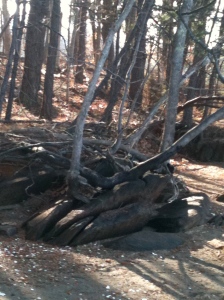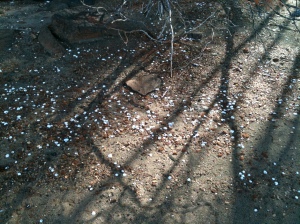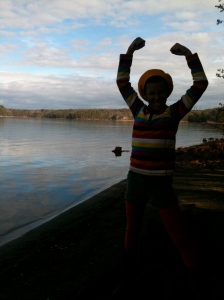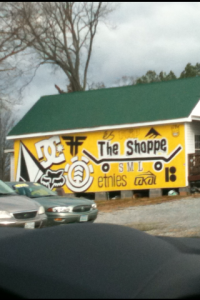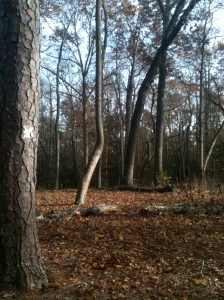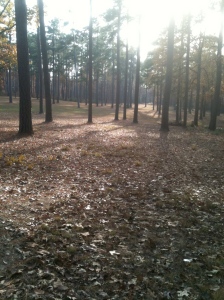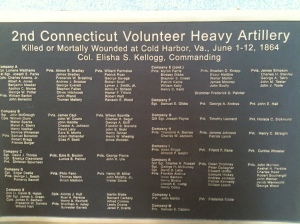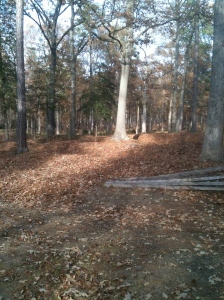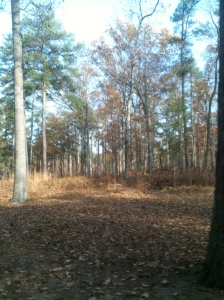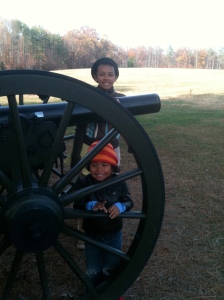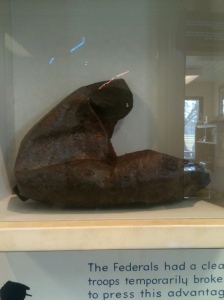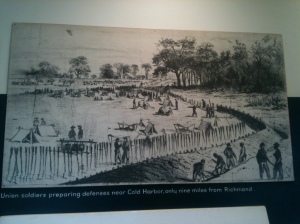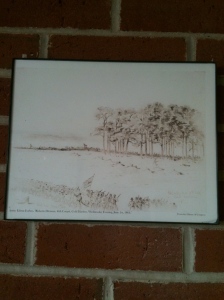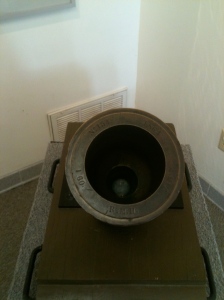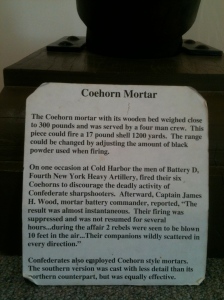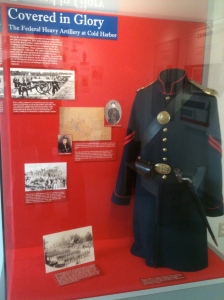Hello again, everyone!
A few days ago, I went to Scotchtown where Patrick Henry lived from 1771 to 1777. He lived there with his wife, Sarah Shelton Henry, and six children, Elizabeth, Anne, Patrick Jr., Nathaniel, Alexander Spotswood and Sarah Butler Henry. Later he had 11 more children with his second wife, Dorothea Dandridge (a relative of Martha Dandgridge Washinton,). They were named John Henry, Edward Winston, Martha Catherine, Fayette, Jane Robertson, Dorthea Spotswood, Martha, William, Edward and Richard Henry. All together he had 17 children and, eventually, 77 grandchildren (WOW!).
Sarah Shelton died at Scotchtown in 1775. She suffered from mental illness and was kept in the basement of the house with a slave to watch over her as she was dangerous to her children and everyone else.
Patrick Henry and Dorthea Dandridge were then married in 1777 and in 1778 Mr. Henry was elected as Governor of Virginia. The Henry’s moved into the Governor’s Palace in Williamsburg that same year.
Scotchtown was given to Charles Chiswell, a prominent planter and iron mine owner, in 1717 as a land grant. He probably built a little house on the property in the 1720’s. It was expanded to it’s current size around 1760. Scotchtown was sold in a deed of sale to Preservation Virginia in 1957 for a sum of $17,000. The house was, at the time, being used as store that bought and sold local tobacco.
In 1771, Patrick Henry, Sarah Shelton Henry and their children came to live at Scotchtown. It was their house when Patrick Henry gave his famous “Give Me Liberty or Give Me Death” speech (actually he might not have even said those exact words. No one knows.)
In 1801, Scotchtown was owned by the Sheppard/Taylor family. All we know them is that they made some changes to Scotchtown.
The kitchen was the busiest building of all. It was always in use and the slave in charge had to wake up at 3am to start breakfast. The main meal had to be made very early so that in the summer the fire could be put out because of how hot it was going to get later in the day. The kitchen was separate from the house so that if it caught on fire, the whole house would be safe.
Scotchtown is believed to be the childhood home of Dolley Madison, the wife of James Madison (a relative of Patrick Henry,) but her memories of the house might just have been family visits.
*Fun fact; in the past a man referred to as “Goatman” lived in the house. He lived there with his goats and chickens. He kept people from stealing and making messes, but…he wasn’t very good at keeping the house clean himself.
Patrick Henry was born on May 29th, 1736 in Hanover County, Colony of Virginia to John Henry and Sarah Winston Syme. He went to school for a while, but then was homeschooled by his father. He tried hard to find work but didn’t have much luck.
Patrick Henry first got a job as a planter, but the soil was bad and their main house burned to the ground in 1757. He tried to get work at a mercantile store, but he had no luck. While he was studying law, he farmed on Pine Slash Plantation. He later qualified as a lawyer in 1760.
Henry took on the “Parson’s Case” in 1793. It was his first case. It had to do with whether the price of tobacco should be made by the Colonial Government or by the Crown. He also gave a speech that criticized religious leaders/priests who challenged Virginia’s laws as “enemies of the community”. The Hanover County Courthouse where Henry gave that speech is still in use today as a courthouse. It is across from the famous Hanover Tavern where Henry stayed while he was arguing the case (and tended bar for a time in his younger years). The Hanover Courthouse is the third oldest courthouse still being used today in the USA.
The Henrys (Sarah Shelton Henry, Patrick Henry and their six children) moved to Scotchtown in 1771. Sarah started to show funny behavior which, at that time, wasn’t called a mental illness or “just a phase”. Her illness just got worse and worse over time. She was eventually moved to the basement with a slave when she became dangerous to herself and others around her. She was put into a Quaker Shirt (which is now called a straight jacket.)
Patrick Henry took care of Sarah and when he was at work, the slave would take charge. They had to watch over her, feed her, cloth her, bathe her and stop her from hurting herself twenty-four hours a day. A new asylum had just been opened in Williamsburg, but it was not really a hospital as much as it was a prison. Patrick Henry wanted his wife to be as comfortable and well cared for as possible, so the basement was made as comfortable as possible.
In the Spring of 1775, Sarah Shelton Henry died. She was 37 years old. At the time, people thought her illness was due to her being “possessed by the devil”. Therefore, she wasn’t given a religious funeral or a Christian burial. She was buried thirty feet away from the basement door (as that is where she died.) A lilac tree was planted next to the grave so that she would always be remembered. That same lilac tree is standing today.
Patrick Henry grieved. He and Sarah had known each other their whole lives. Not only had Henry lost his beloved spouse, but his children had lost their mother!
In 1777, on October 25th, Patrick Henry married his second wife, Dorothea Dandridge. She was a cousin to Martha Dandridge Washington. Dorothea was 22 years-old and Henry was 41. They had 11 children together.
In 1779, they moved to Leatherwood Plantation in Martinsville, VA which had 10,000 acres.
Near the end of Henry’s life, he suffered from a case of Malaria. He died from stomach cancer on June 6, 1799. He was 63 years old.
*Fun fact; Patrick Henry wrote lyrics and put them to Scottish melodies. He also wrote poems for his family, but burned them as he didn’t want anyone to find out (besides his family) that he spent time doing things “entertainment-wise”. He and Thomas Jefferson were said to be the best fiddlers in all of Virginia.
Before ending this post I’d like to share with you a few pictures I took during my visit to Scotchtown!
Patrick Henry was truly an important man and a wonderful part of history. I know I always say this at the end of all my posts, but seriously, if you haven’t been to Scotchtown, you must go. It’s such an awesome and beautiful experience.
See you soon!
Over and out,
Odessa



